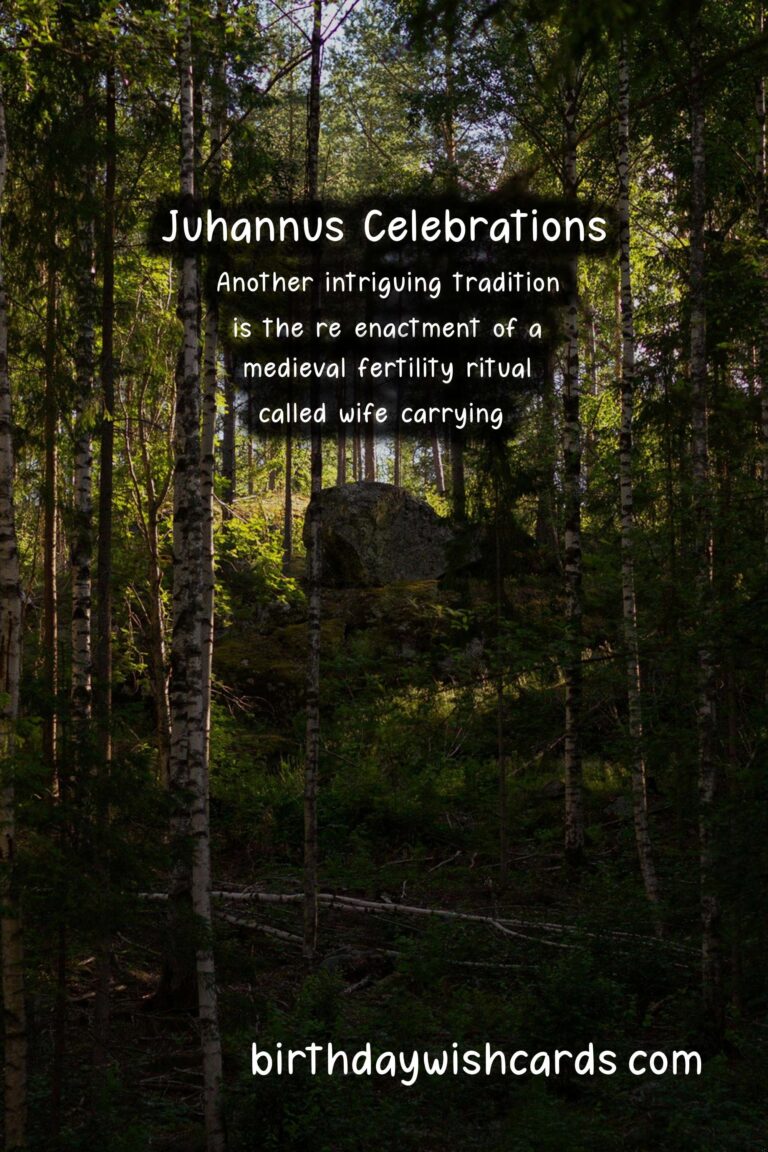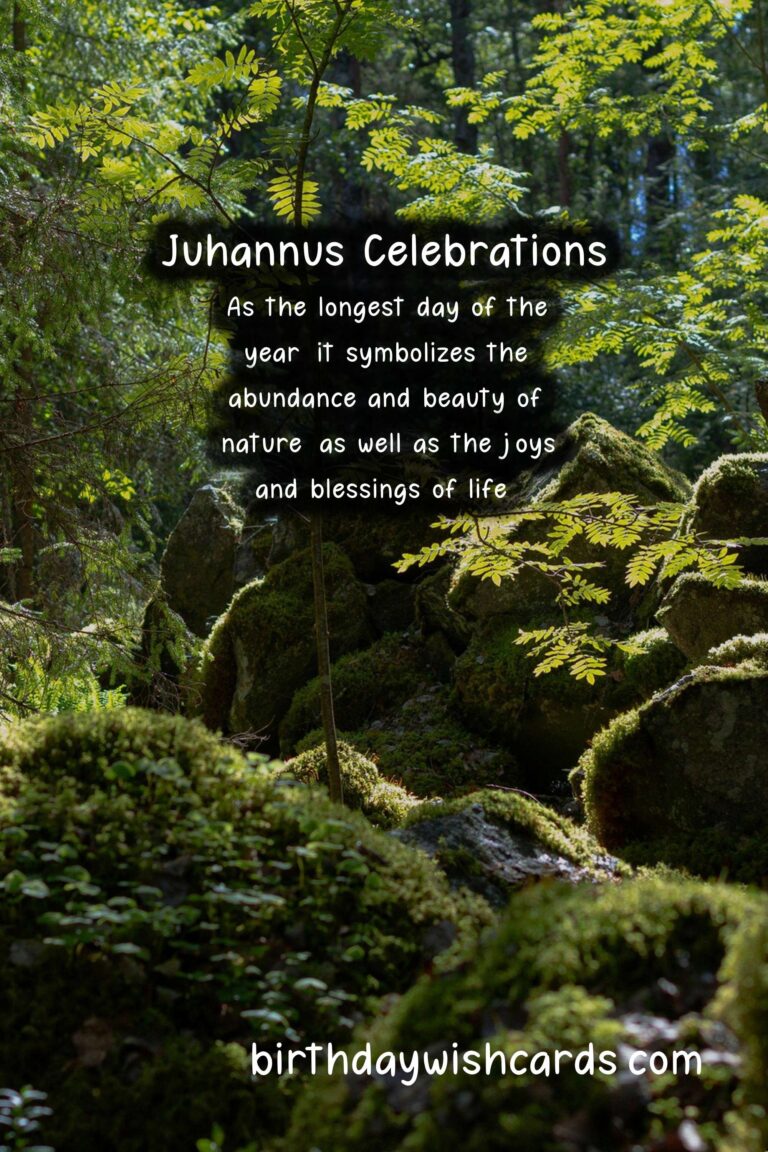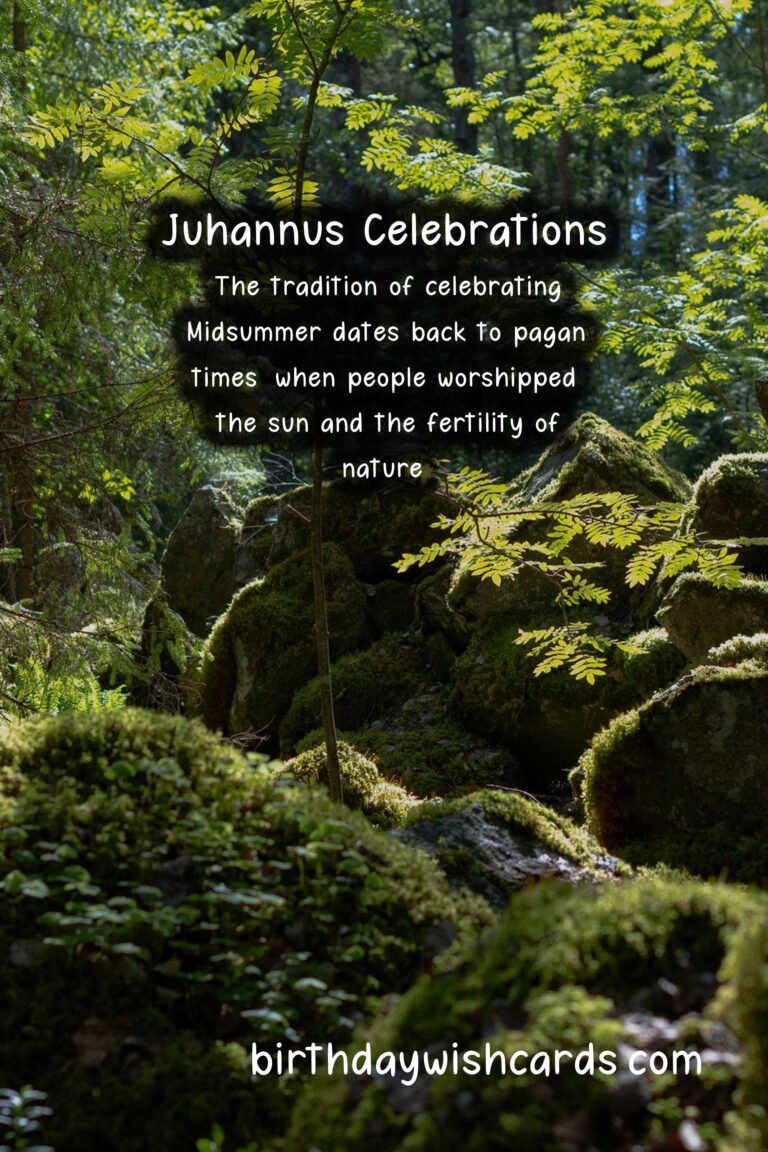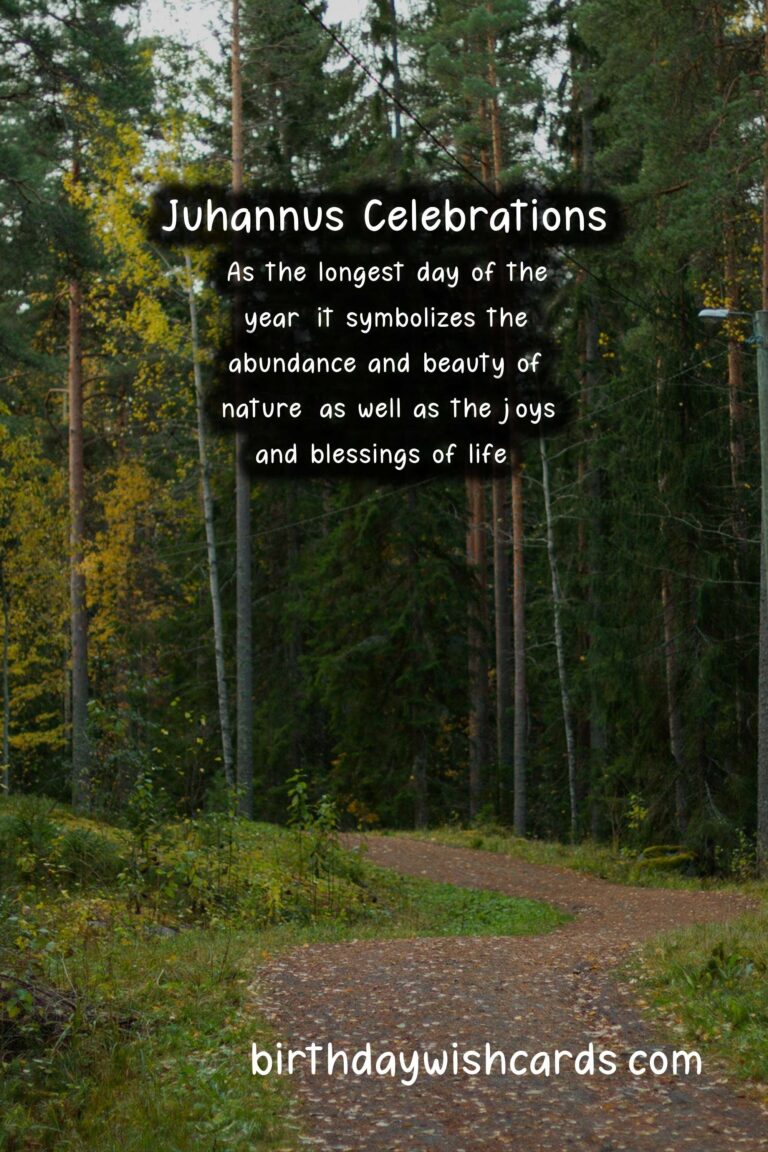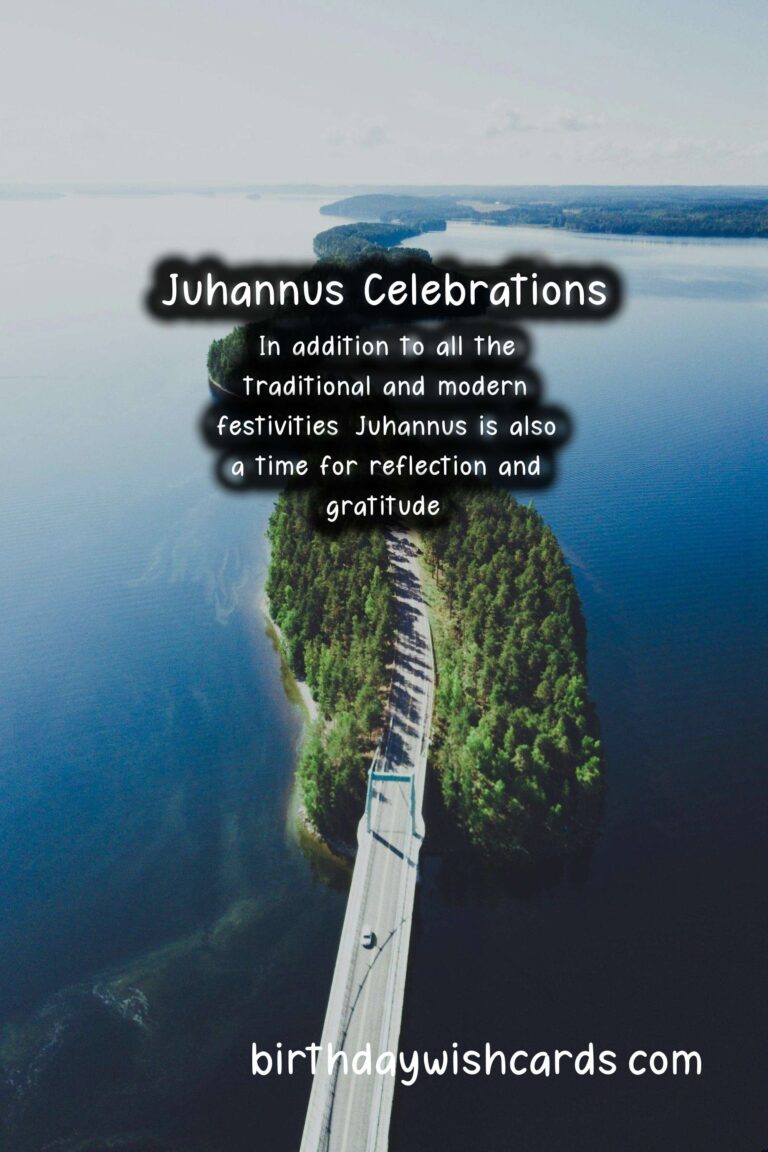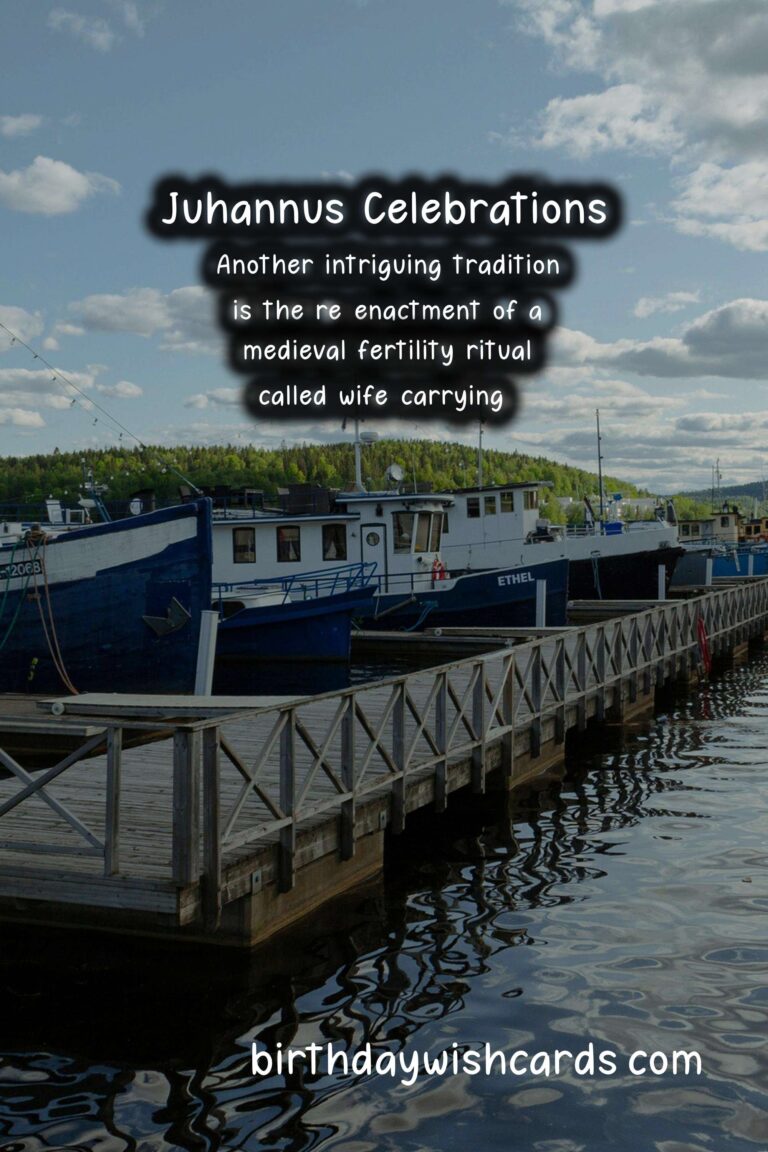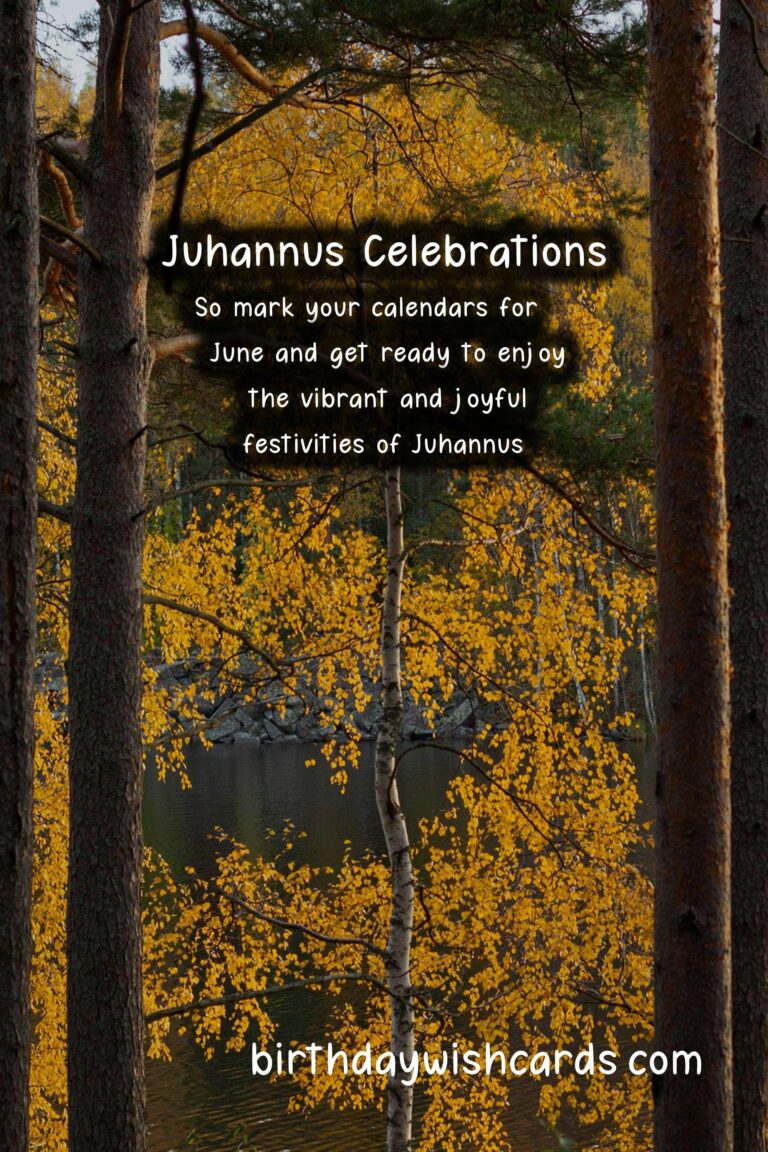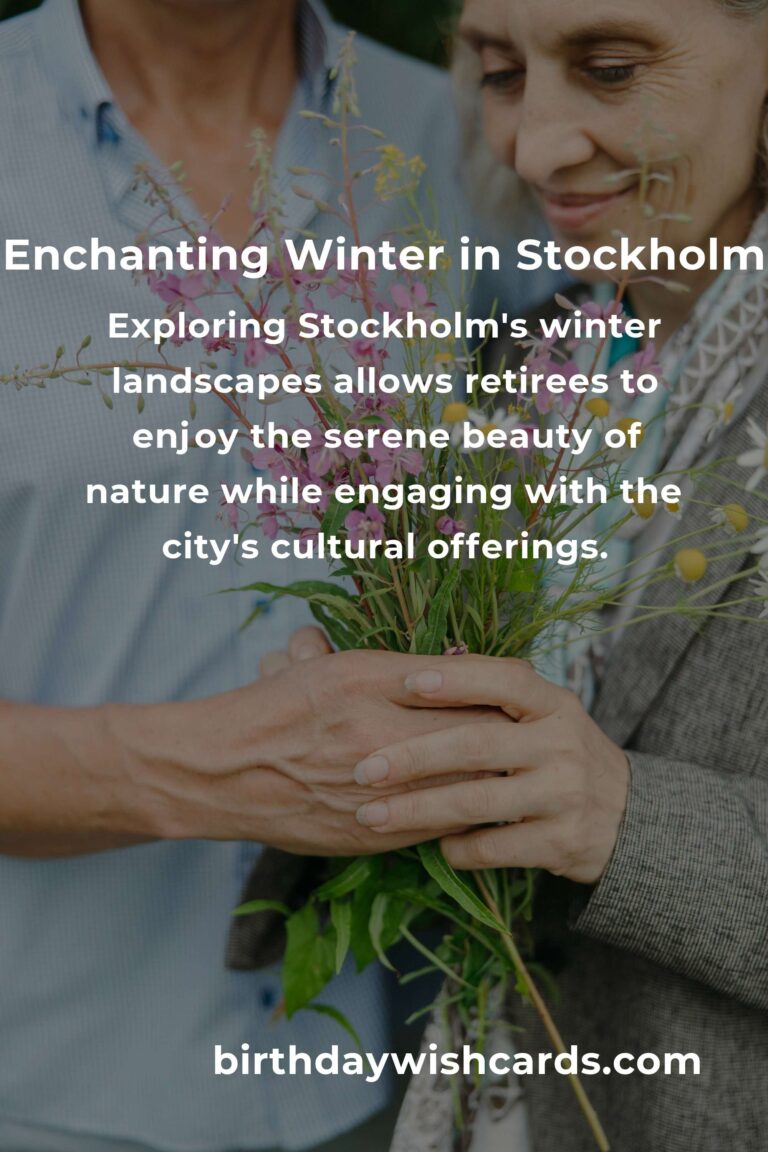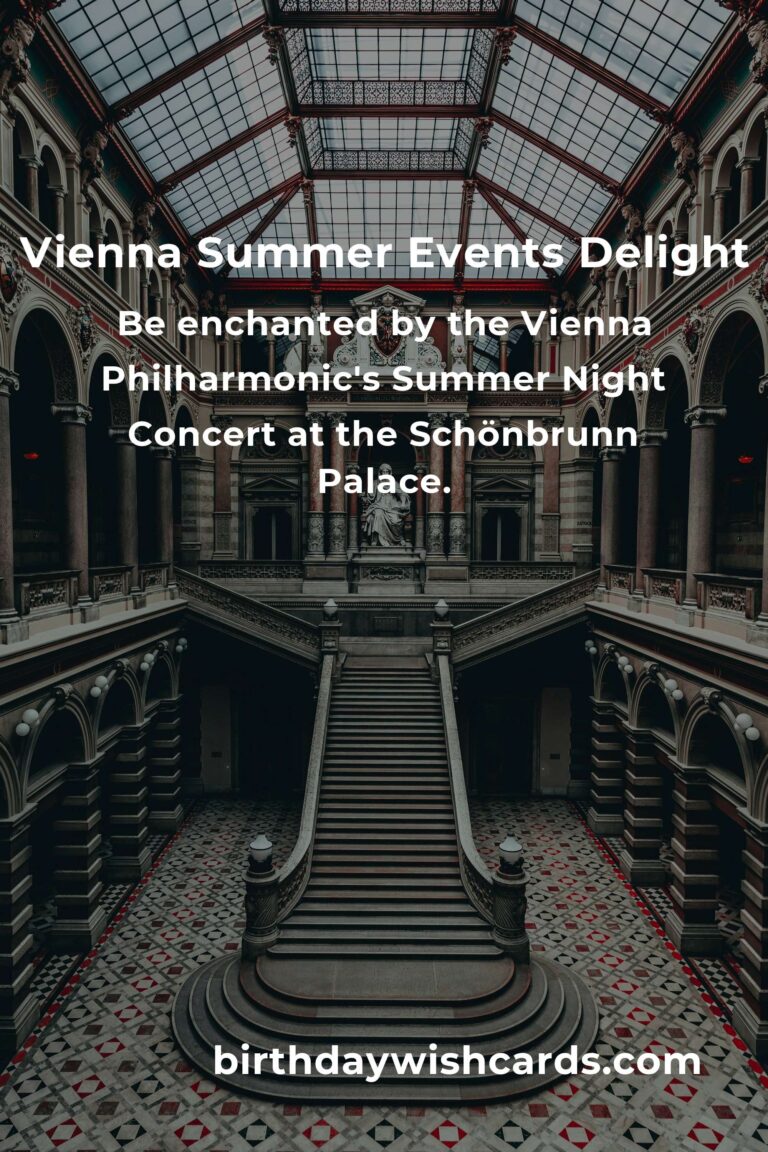 Juhannus, also known as Midsummer’s Eve, is a vibrant and beloved holiday celebrated in many countries around the world. Falling on 19 June this year, it marks the beginning of the summer season and is a time to gather with friends and family, enjoy delicious food and drinks, and bask in the warmth of the long days. From traditional bonfires and flower crowns to midnight sun and saunas, Juhannus is a celebration of the beauty and magic of summer. Juhannus is a popular holiday in Finland, where it’s considered the most important festival of the year. It falls on 19 June, which is close to the summer solstice, making it a symbol of the endless summer days to come. Juhannus is also celebrated in other Scandinavian countries, such as Sweden, Norway, and Denmark, as well as in the Baltic countries and Russia. The tradition of celebrating Midsummer dates back to pagan times, when people worshipped the sun and the fertility of nature. Today, Midsummer is a blend of ancient traditions and modern festivities, making it a unique and joyful holiday. One of the most iconic symbols of Juhannus is the bonfire, which is lit at midnight to keep evil spirits away and to usher in the magic of summer. The bonfire is surrounded by people singing, dancing, and playing games, creating a lively and festive atmosphere. Another popular tradition is making and wearing flower crowns, especially for young girls and women. Flower crowns are believed to bring good luck and fertility, and they add a touch of beauty and whimsy to the celebrations. Midsummer is also a time for indulging in delicious food and drinks, such as grilled meats, fresh fish, strawberries, and a variety of cocktails and beers. In Finland, a special drink called sima is often enjoyed during Juhannus. It’s a fermented beverage made of water, sugar, and lemons, and it’s typically served with fresh strawberries. Juhannus is also known for its unique customs, such as the tradition of visiting saunas. In Finland, it’s believed that a dip in the sauna and then jumping into a cold lake or the sea during Midsummer will bring good health and luck for the rest of the year. Another intriguing tradition is the re-enactment of a medieval fertility ritual called wife-carrying. In this competition, husbands race while carrying their wives on their backs, with the winner receiving a prize. Besides the bonfires, flower crowns, and saunas, Juhannus is also celebrated with music, dancing, and other outdoor activities. Midsummer festivals often feature live bands and DJ performances, as well as traditional folk music and dances. It’s also common for people to go camping and to enjoy nature during this time, taking advantage of the long daylight hours. One of the most unique aspects of Juhannus is the midnight sun, which is experienced in the northern parts of Finland, where the sun doesn’t set at all during this time. This natural phenomenon adds a touch of magic and mystery to the celebrations, with people staying up all night to watch the sun rise as it’s almost at its lowest point in the sky. In addition to all the traditional and modern festivities, Juhannus is also a time for reflection and gratitude. As the longest day of the year, it symbolizes the abundance and beauty of nature, as well as the joys and blessings of life. People often take this opportunity to spend quality time with their loved ones, share stories and memories, and appreciate the simple pleasures of life. In conclusion, Juhannus is a beautiful and enchanting celebration that brings people together and honors the magic of summer. Whether you’re in Finland or any other part of the world, this holiday is a perfect time to embrace the warmth and light of the season, make lasting memories, and create new traditions. So mark your calendars for 19 June and get ready to enjoy the vibrant and joyful festivities of Juhannus!
Juhannus, also known as Midsummer’s Eve, is a vibrant and beloved holiday celebrated in many countries around the world. Falling on 19 June this year, it marks the beginning of the summer season and is a time to gather with friends and family, enjoy delicious food and drinks, and bask in the warmth of the long days. From traditional bonfires and flower crowns to midnight sun and saunas, Juhannus is a celebration of the beauty and magic of summer. Juhannus is a popular holiday in Finland, where it’s considered the most important festival of the year. It falls on 19 June, which is close to the summer solstice, making it a symbol of the endless summer days to come. Juhannus is also celebrated in other Scandinavian countries, such as Sweden, Norway, and Denmark, as well as in the Baltic countries and Russia. The tradition of celebrating Midsummer dates back to pagan times, when people worshipped the sun and the fertility of nature. Today, Midsummer is a blend of ancient traditions and modern festivities, making it a unique and joyful holiday. One of the most iconic symbols of Juhannus is the bonfire, which is lit at midnight to keep evil spirits away and to usher in the magic of summer. The bonfire is surrounded by people singing, dancing, and playing games, creating a lively and festive atmosphere. Another popular tradition is making and wearing flower crowns, especially for young girls and women. Flower crowns are believed to bring good luck and fertility, and they add a touch of beauty and whimsy to the celebrations. Midsummer is also a time for indulging in delicious food and drinks, such as grilled meats, fresh fish, strawberries, and a variety of cocktails and beers. In Finland, a special drink called sima is often enjoyed during Juhannus. It’s a fermented beverage made of water, sugar, and lemons, and it’s typically served with fresh strawberries. Juhannus is also known for its unique customs, such as the tradition of visiting saunas. In Finland, it’s believed that a dip in the sauna and then jumping into a cold lake or the sea during Midsummer will bring good health and luck for the rest of the year. Another intriguing tradition is the re-enactment of a medieval fertility ritual called wife-carrying. In this competition, husbands race while carrying their wives on their backs, with the winner receiving a prize. Besides the bonfires, flower crowns, and saunas, Juhannus is also celebrated with music, dancing, and other outdoor activities. Midsummer festivals often feature live bands and DJ performances, as well as traditional folk music and dances. It’s also common for people to go camping and to enjoy nature during this time, taking advantage of the long daylight hours. One of the most unique aspects of Juhannus is the midnight sun, which is experienced in the northern parts of Finland, where the sun doesn’t set at all during this time. This natural phenomenon adds a touch of magic and mystery to the celebrations, with people staying up all night to watch the sun rise as it’s almost at its lowest point in the sky. In addition to all the traditional and modern festivities, Juhannus is also a time for reflection and gratitude. As the longest day of the year, it symbolizes the abundance and beauty of nature, as well as the joys and blessings of life. People often take this opportunity to spend quality time with their loved ones, share stories and memories, and appreciate the simple pleasures of life. In conclusion, Juhannus is a beautiful and enchanting celebration that brings people together and honors the magic of summer. Whether you’re in Finland or any other part of the world, this holiday is a perfect time to embrace the warmth and light of the season, make lasting memories, and create new traditions. So mark your calendars for 19 June and get ready to enjoy the vibrant and joyful festivities of Juhannus! 

